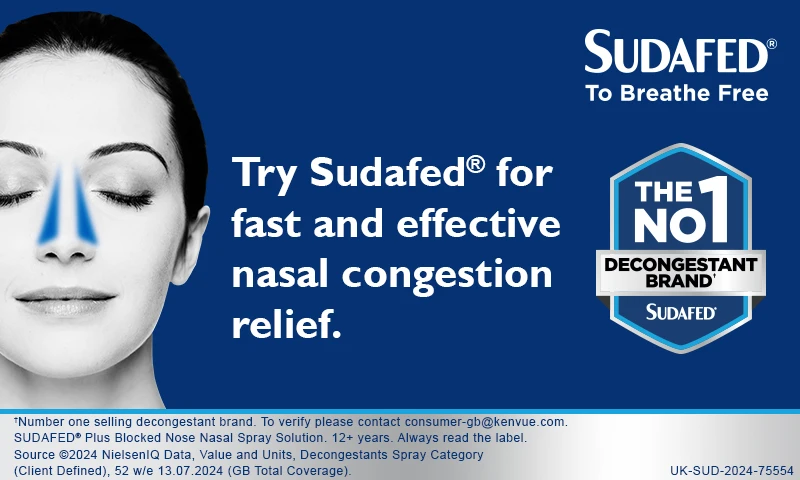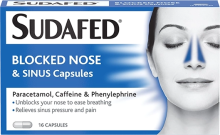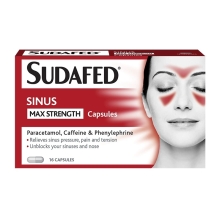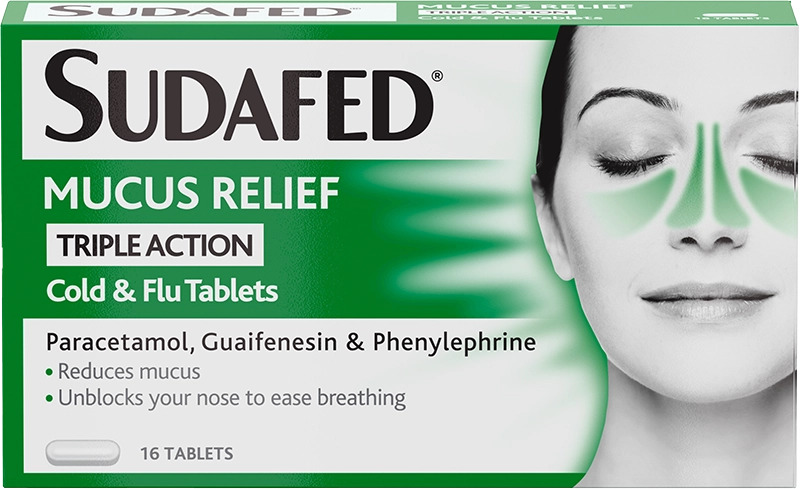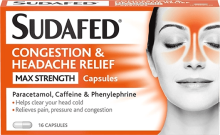To Breathe Free
Discover our Range
Related Articles

SINUSITIS EXPLAINED
Could the pressure you’re feeling be Sinusitis?

ACTIVE INGREDIENTS
Learn more about our active ingredients Help unblock your stuffy nose, and breathe easier through your nose with SUDAFED®

GOT A HEAD COLD?
SUDAFED® has products which can help you clear your head and get back to your best.
